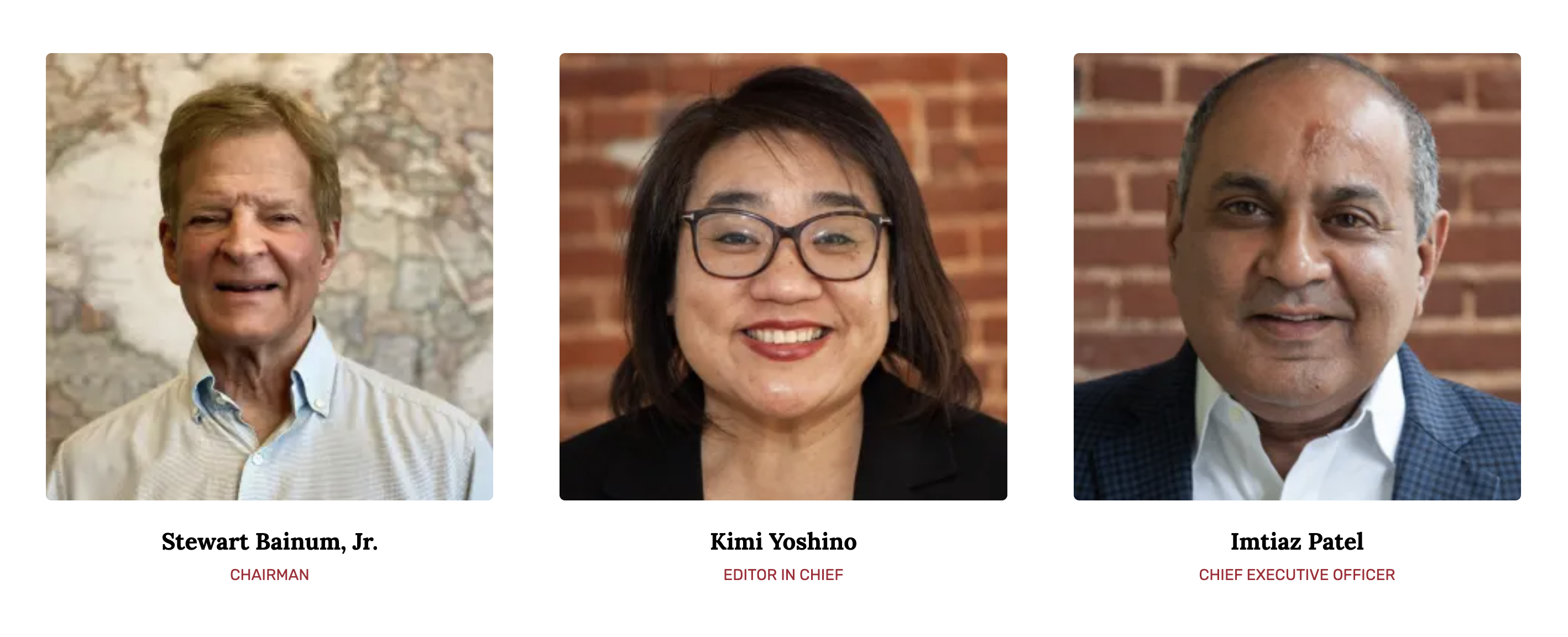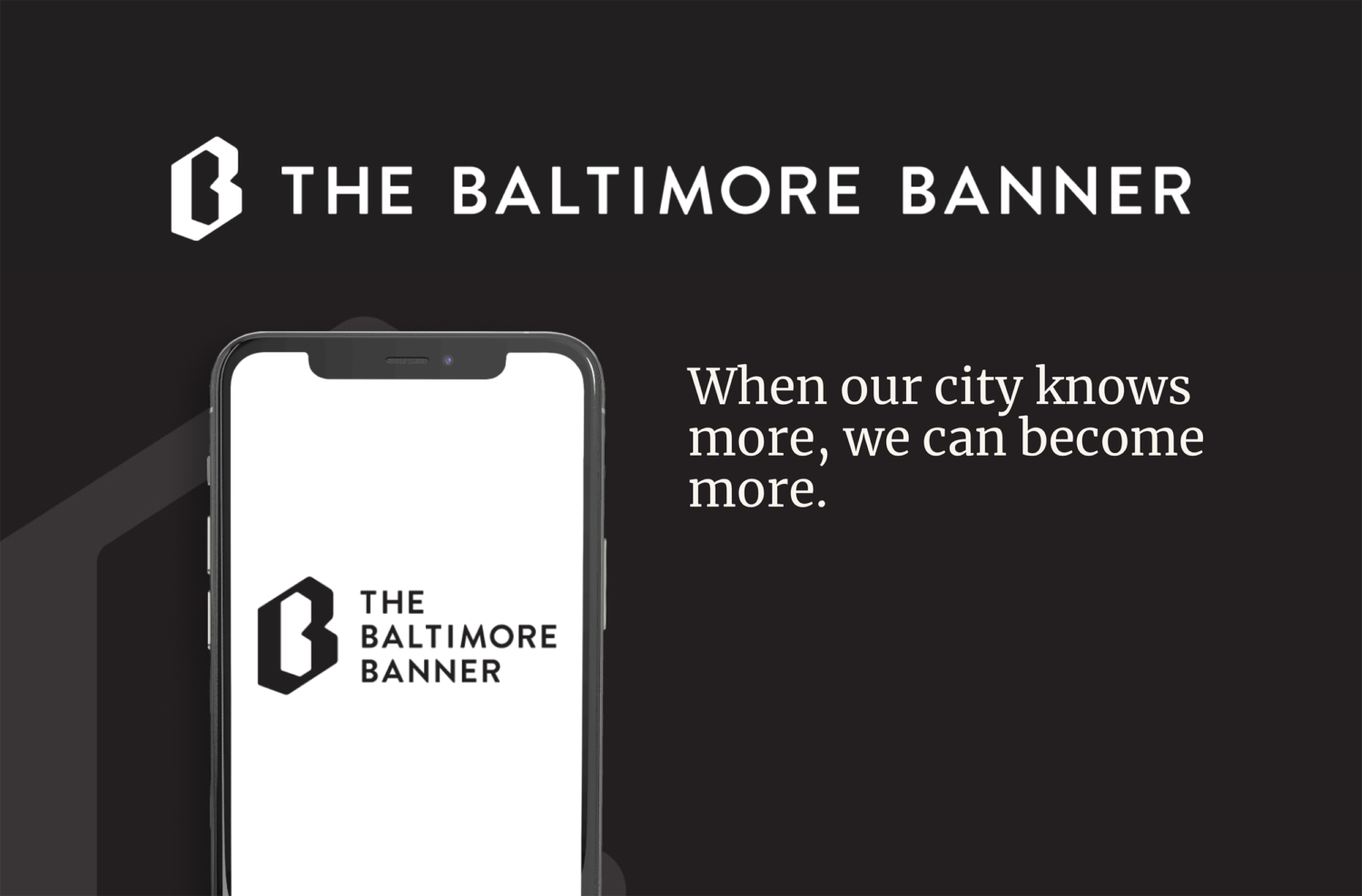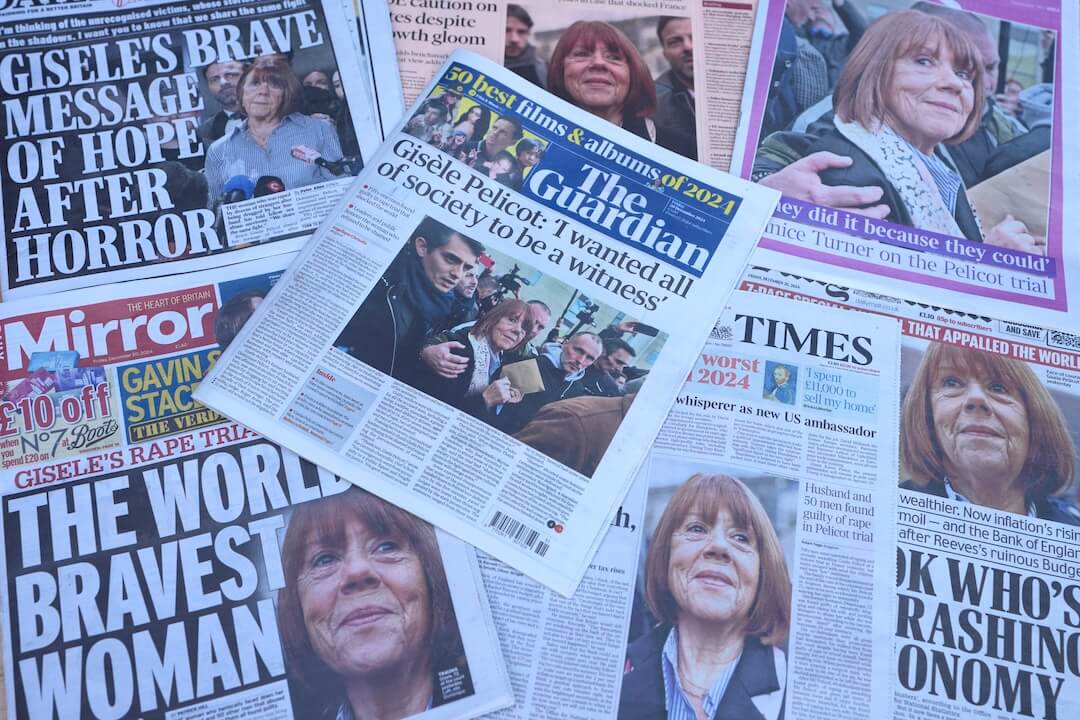Just over a year and a half ago, Maryland businessman and philanthropist Stewart Bainum Jr. was overseeing his family’s Choice Hotels, a newer group of care facilities for dementia patients and other family investments.
He and his brother, through two of several family foundations, were focused on venture philanthropy in sub-Saharan Africa. “We like investing where the upside is huge but no one else is interested because of the risk,” he told me in a Zoom interview.
Then, in the fall of 2020, Bainum struck out in a new direction. As has been well chronicled, he tried first to buy The Baltimore Sun and then to cobble together a group to bid on all of Tribune Publishing, owner of the Sun and eight other metro newspapers. When blocked by hedge fund Alden Global Capital on both of those efforts, he switched to a plan to launch a full-service, nonprofit digital newspaper for Baltimore.
Talk about high-risk, high-reward. As his Baltimore Banner is staffing up and taking shape this spring for a second-quarter launch, Bainum said, “I am prepared to give or raise $50 million over three-and-a-half years.” The city remains home to the 185-year-old Baltimore Sun, now Alden-owned. Coming soon will be a test of whether Baltimore and its suburbs are big enough for both.
Bainum explained his late-blooming affinity for the news business this way:
“I served in the Maryland general assembly from 1979 to 1987. Back then there were six vibrant newspapers covering the sessions, including the Capital Gazette. Now there are two — the Sun and The Washington Post — and they have a couple of reporters each.
“(As a legislator), I saw all sorts of shenanigans. Not all of them got reported, but a lot more then than now.”
Besides, he reflected, he probably still had “a public service itch to scratch.”
The Banner (named in honor of the national anthem’s Baltimore roots) has had its leadership team in place for months. Consultant Imtiaz Patel serves as CEO and publisher and Kimi Yoshino, a former managing editor of the Los Angeles Times, as editor. Bainum is the chairman of a newly chartered nonprofit, the Venetoulis Institute for Local Journalism.

(Screenshot, The Baltimore Banner)
None of the three executives is from Baltimore. Nor, in a minority-majority city, are any of them Black. Patel and Bainum told me they have been deliberate about building racial balance into the first wave of 10 business hires.
As of Feb. 4, 10 editors and reporters have also been hired. The target is 35 to 40 for the launch and roughly 60 by the end of 2023, comparable to the Sun’s staffing. (We intend to report on the creation of the Banner’s newsroom staff in a subsequent story.)
Patel has been a behind-the-scenes player in the newspaper game for many years. He left a consulting gig helping Gannett and GateHouse integrate their operations post-merger to advise Bainum each step of the way.
“My career has been in strategic turnarounds,” Patel told me, often in retail as well as in newspapers. He was recruited as a vice president for strategy by The Wall Street Journal in the mid-2000s, a seven-year run both before and after Rupert Murdoch’s News Corp. bought the paper and its parent Dow Jones in 2007.
Patel brings a crisp, analytical approach to the challenges of launching the Banner. He and Bainum have settled on the somewhat paradoxical strategy of front-loading spending for a fast start but also expecting that a patient trajectory with mid-course corrections will be needed to bring the venture off.
Their horizon is seven to 10 years, Patel said. “We’re thinking long-term — almost generational.”
The startup will rely on Bainum’s and other philanthropic support at first, but not indefinitely. “We plan to settle down to 15% of revenue from philanthropy,” Patel said. After an introductory period, the site will go paid, and the target is 50% or more audience revenue.
“To make this whole thing work,” Patel said, “the key will be subscriptions and having something worth paying for. Otherwise why are you here? So 2022 will be about seeing what works, what content resonates.”
That creates a double challenge. First will be building awareness with potential subscribers. Then the Banner needs to face getting its journalism in front of marginalized communities, some of whose members will not be able to afford a subscription.
A preliminary idea is to put certain stories in front of the paywall, but Patel said that the plan will need further refining.
The Banner won’t be able to cover everything right away, Patel and Yoshino have concluded. Some beats and some more distant geography will need to wait until later.
Patel has quickly put in place key vendors — The Washington Post’s Arc content management system, Piano for digital subscription payments and strategy, and Parsley for analytics.
The Banner and its parent nonprofit also have leased 15,000 square feet of office space in Baltimore’s showcase Inner Harbor neighborhood.

A view of Inner Harbor area in Baltimore. The Baltimore Banner has leased space at 621 E. Pratt St. (Shutterstock)
I asked whether the Banner would have an e-edition with a more traditional newspaper layout for those who prefer that presentation. No, Patel said. “It’s a very traditional product and not where we want to go.”
That suggests to me that the Sun, with seven days of print at present and an established e-edition, may stay popular with older readers, as the Banner becomes the choice of a younger demographic for whom print has no attraction.
About half of the first group of editorial hires were Sun refugees, but there won’t be room for all who want to get onboard the startup. “We’re trying to be careful,” Patel said. “We don’t want to reinvent the Sun.”
Patel is stepping out of his comfort zone in consulting as he assumes the CEO/publisher role. “Stewart is a great guy,” Patel said. “He is so sincere in why he is doing this. It’s probably the reason I signed up.”
I took away the same impression from my talk with Bainum — my first in the 15 months I have covered each chapter of his takeover fight with Alden. For a guy worth hundreds of millions, he was low-key, open and curious.
Near the end of our hourlong interview, he asked about the size of the budget and staff at Poynter and our relationship to the Tampa Bay Times. He also wanted to know who else he might reach out to besides The Daily Memphian and The Lenfest Institute in Philadelphia, which have served as models.
For Bainum and his siblings, philanthropy is pretty close to being in their blood. Their father put together one of the first private family foundations in the 1960s when the form was new. “I was in the room as a college student when some of the papers were being drawn up.”
At 75, Bainum belongs to a growing segment of the very rich, equally interested in distributing their fortune to worthwhile causes while still tending to business. He and his wife have signed the Giving Pledge, committing to donating half their net worth.
Bainum expects to have an office at the Banner, but does not plan to move from his lifelong home base in Washington, D.C.’s Maryland suburbs. “I still have a day job here,” he said.
He does not aim to be a hands-on executive on operations or to have any input on editorial matters. (As a nonprofit, the Banner cannot endorse candidates and stay within its tax status.) Bainum has, however, chosen to be more actively involved during the launch phase. He said that he spent 15 hours talking with Yoshino and another finalist for the editor position and had talked with a half dozen other candidates.
On his to-do list is finishing appointments to a board that will run the parent nonprofit, the Venetoulis Institute, named for former Baltimore County executive Ted Venetoulis, who died suddenly last fall. Venetoulis had been trying for more than a decade to put together a group to buy the Sun or, more recently, to create an alternative.
Bainum has a settled idea of what is critical for a startup. “I’ve done several, and some have failed,” he said. One key is to make small mistakes at the start, learn from them and alter accordingly.
“I have been trying to understand organizations and what makes them successful,” he said, “and I have come up with three things. … First, what’s the vision? Is it compelling and exciting enough” to attract customers and staff?
“Second, you have to focus on (leadership) talent because you’re going to live with those choices for a long period of time. Then you need to look at corporate culture — what is it going to be and how do you build that.”
I asked whether Baltimore — with a reputation for poverty, crime and corruption — was a big enough market to support the Banner and the Sun.
That’s to be determined, Bainum said, but the wider metropolitan area includes some deep pocket residents. “There are challenges but also opportunities.”
I also checked in, as Bainum and Patel have, with Eric Barnes, founder of The Daily Memphian, a 3-and-a-half-year-old digital startup competing with Gannett’s Commercial Appeal in Tennessee. Progress has been gradual but steady, Barnes said. “We’re up to 16,000 paid subscriptions and after some hiring this year, we will be at 40 positions.”
What advice does he give Bainum and others contemplating a metro startup? “Get big fast,” he said, for an immediate presence. That should include hiring away some high-profile veterans from the competition.
I also was curious about the impact the Banner is having on the Sun. Editor-in-chief and publisher Trif Alatzas commented by email:
Competition is good for the industry and for the public, pushing us to do our best work and to provide coverage you can’t get anywhere else, and we wish all our competitors well — the newcomers and the established entities.
We have a terrific group of journalists who take great pride in what we do as the largest and oldest news gathering operation in the region. … We have hired several skilled reporters and editors during the past few months and we’re hearing from more people around the country who want to join us given The Sun’s track record of producing award-winning journalism in the public interest.
NewsGuild chapter steward Lily Reed told me the Alden takeover and Banner startup have been “a mixed bag” — by no means all negative.
Morale was low when Alden won its bid for Tribune’s papers, she said, “but management is hiring now for vacancies, so that’s good news.” There is no animosity between the Sun’s newsroom and the new one at the Banner, she added, but it’s hard to see former colleagues, some who were senior mentors to younger reporters, suddenly turned competitors.
As for Bainum and Patel, their ambitions don’t stop at the Maryland state line. They hope that their model, even if it evolves to something different from the plans at launch, can encourage more of the same kind of ambitious new ventures in other metros where local journalism has become undernourished.







